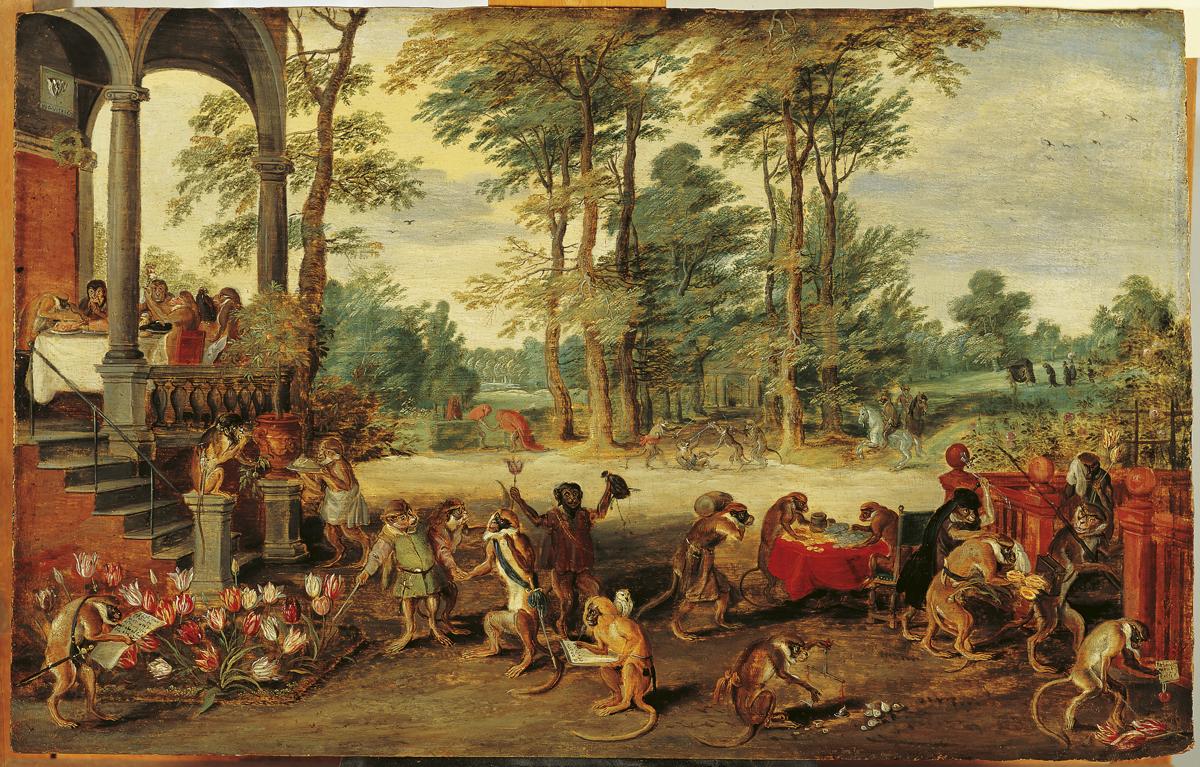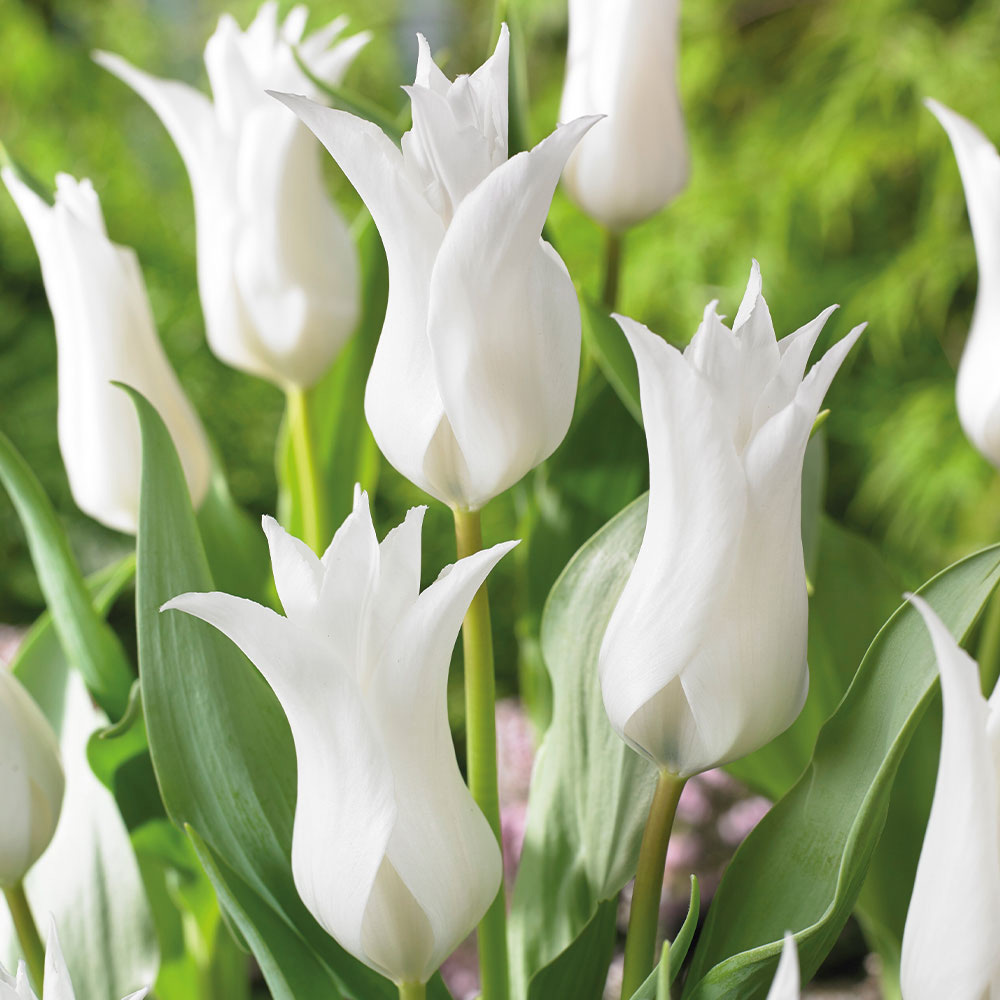The tulip is a flower that is originated from the Middle East, its specially bred pieces have travelled to Europe from the Ottoman Empire in the 16th century.
The tulip is a flower that is originated from the Middle East, its specially bred pieces have travelled to Europe from the Ottoman Empire in the 16th century. According to numerous sources the first bulbs were sent to the court of Charles V., the Holy Roman Emperor in Vienna as a gift from Suleiman, the Magnificent in 1554, and they were transferred from here to the duchies of Germany as well as the Low Countries.

The level of admiration for the tulips that were considered exotic and precious was also reflected in the fact that the bulbs of rare pieces were sold in auctions in the Netherlands beginning from the early 17th century. A few decades later the so-called tulip mania brought about the exchange of exquisite flower bulbs at extremely high prices.
Even though these special tulips only travelled to Hungary in the mid-18th century, several researchers consider the tulip-motive one of the most ancient symbols of Hungarian ornamentation that was already use among the Magyars who conquered the Carpathian basin in the late 9th century. Many agree that these nomad people have first come across the symbol when moving through Asia towards the West. The tulip remained and important element of Hungarian decoration later on as well, it can be found on the Wholly Crown, the avar Treasures of Nagyszentmiklós, the bible of Mathias Corvinus and the wedding dress of Catherine of Brandenburg too.
In addition to use in high society the tulip has also become an important symbol of Hungarian folklore. Its most important meaning is a woman or the soul of a woman. In line with this the flower’s appearance is stylized in symmetrical curvy lines representing the female body. Several variations of the motive were in use, which can each be linked to women in different stages of their lives, such as young girls, brides, mother and mature, elderly women.
Representations of tulips appear on almost all types of folklore objects, such as tablecloths, clothing, ceramics and furniture. The tulip chest is a special item that was aimed at storing the trousseau of the bride and on which the flower represented the young girl that was about to become a wife.
Discover our tulip jewels: Shop


